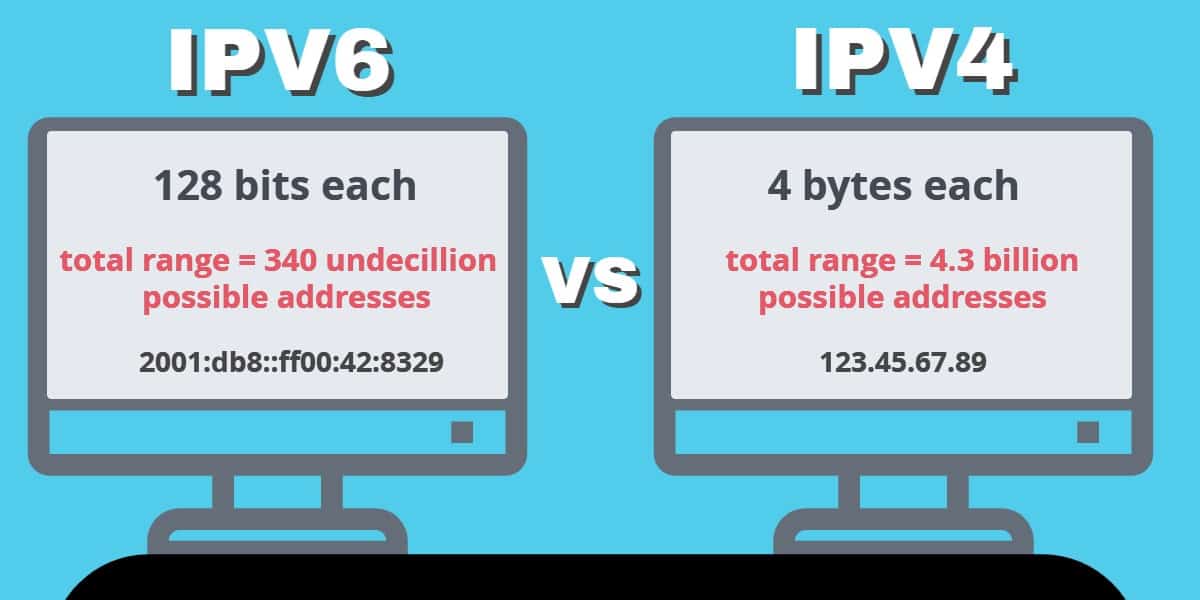The words around the net are that there is a new website technology that allows the experience of exploring web faster and safer, and it is called IPv6. Apparently, this protocol was not only at all, but instead slowly breed through the internet since 1998, waiting for the moment to shine. Tech IP This delivered more than 128 bits information, which is widely expanded for 32-bit predecessors IPv4, but what does it mean to most of the most internet users? After you break it down, this faint appearance technology is actually much simpler and easier to understand than that initially appears.
First, it is important for newcomers to note that the internet operates on a series of general protocols that allow computers to talk to each other. In order for one computer to send information to another, both computers must be identified on the network. This identifier is called the Internet Protocol (IP) Internet address. This is a common way that computers have been used to talk to each other from the beginning of IPv4 in the early 1990s, which managed the TCL protocol used in the ’70s and ‘0. Second, it is important to understand that the IPv4 address is very limited – only 4,294,967,296. When you collect all computers, smartphones, smartwatches, game consoles, and tablets operating on the internet, the number is actually very small!
IPv4 stands for version 4 Internet Protocol; It was first introduced by the US government in 1983 in the Advanced Research Project Agency Network (ARPANET). The protocol successfully TCL and is based on a 32 bit binary code that can be expressed in the hexadecimal number code, otherwise known as Hex Code. Each part of the hex code shows the address of each network connected to an ISP and every individual device connected to the network.
IPv4 stands for version 4 Internet Protocol; It was first introduced by the US government in 1983 in the Advanced Research Project Agency Network (ARPANET). The protocol successfully TCL and is based on a 32 bit binary code that can be expressed in the hexadecimal number code, otherwise known as Hex Code. Each part of the hex code shows the address of each network connected to an ISP and every individual device connected to the network.
IPv6 is a follow-up to IPv4, but both are completely different animals. The biggest and most important difference between the two protocols is how the IP address is written. The Internet Society provides a simple example of this difference, explains, “IPv6 address notation is eight hexadecimal digit groups with groups separated by Colon, for example 2001: DB8: 1F70: 999: 3A4: 6E8, although there is a method to abbreviate this notation. In comparison , IPv4 notation is four decimal digit groups with groups separated by dots, for example 198.51.100.1. “
Switch from one to another like switching from Latin to English; Similar IPv6 functions for IPv4, it carries some of the same roots, but in the end nomenclature is far more diverse. Note that IPv4 and IPv6 don’t talk to each other at all. Most modern systems have IP addresses for both internet versions, but the IPv4 address cannot speak with IPv6 addresses and vice versa. When one internet provider provides a single IPv4 network device and a separate IPv6 address, this is called “double stacking” or “Dual IP Stacking.”
Because there are 128 bit binary codes in one IPv6 address instead of 32 bits in IPv4, there is a potentially infinite digital space for networks and network devices to occupy the internet based on IPv6, because it is basically impossible to spend all potential variants and permutations. To understand the benefits of IPv6 on a corporate scale, it is important to know that many networks – both housing and companies – have hidden a large number of computers and other internet connected devices behind the IPv4 address using something called.
